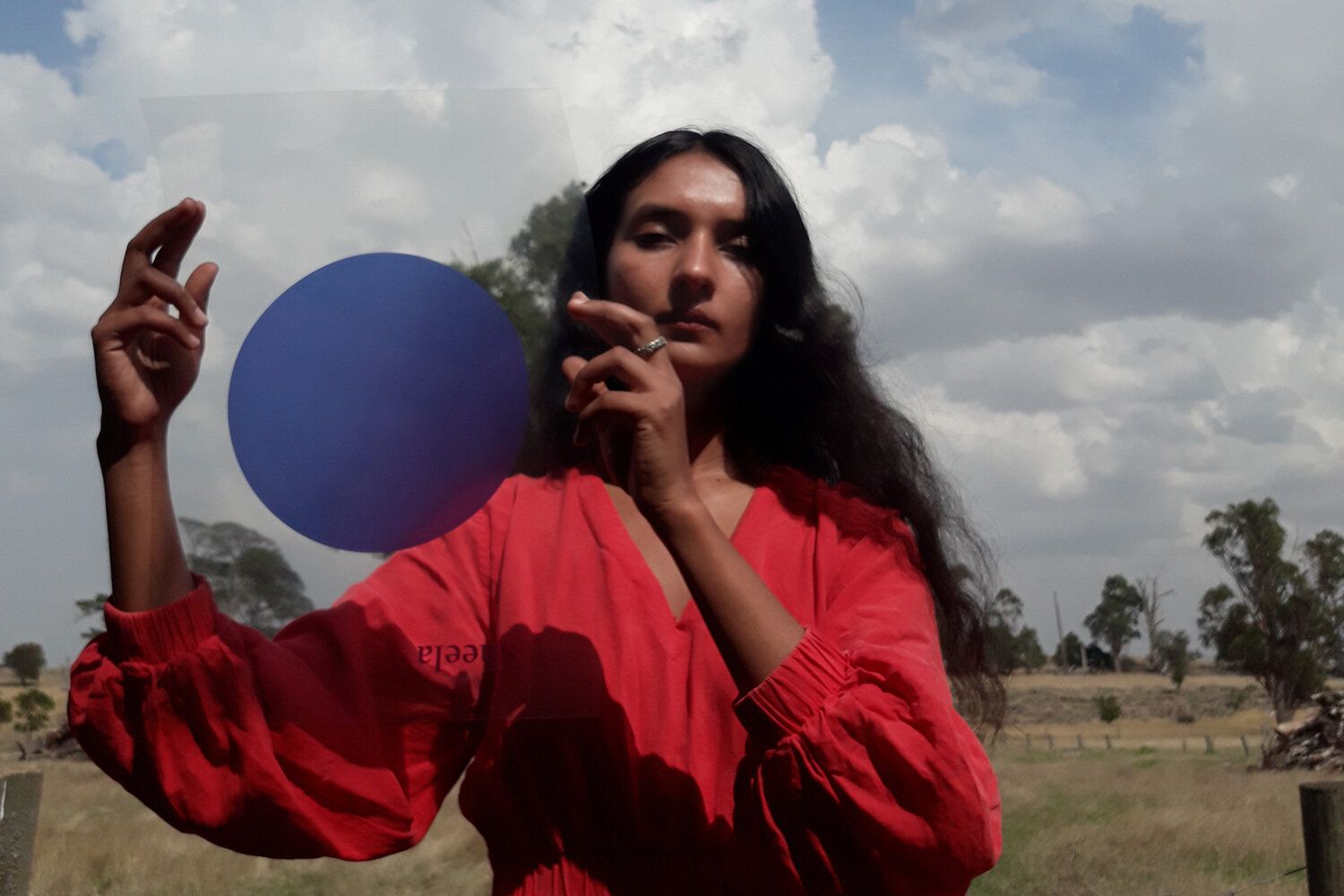

Mooramong Residency: Manisha Anjali
Manisha Anjali
3–22 Feb 2020
Journey of Tuna Fish through 13 dreams of rain mourns ongoing extinction of animals and the earth. Extinction and environmental collapse is conceptualised in the language of dreams. The imagined subconscious of animals is a space of forgotten imagination, precarious play and irreparable loss. Our own subconscious recognises the multiplicities and narratives present in the ancient symbology of animals and their contribution to mythmaking. This exhibition embodies community dialogues about both climate change and the unconscious.
what does mouth multiply in tongues?
why is mouth green?
what does harp sing in skull?
rain in my kitchen
rain fall in my kitchen
my flowers drown
my flowers drown
my fish
my tuna fish is upside down
my tuna fish dreams of rain
tuna fish dreams of enjoying rain
tuna fish dreams of eating rain
to dream of rain is a sign that all which has died will come to life.
to dream of rain is a sign plagues, locusts, hailstones and tempests will fall from the sky.
to dream of rain that is made of blood is infection of the lung, liver and bones
rain falling in the city means sorrow for tunafish, who will lose a dear one.
to dream of drinking tranquil rainwater means the tunafish will become as ill as the amount of water consumed in the dream.
to dream of rain as honey, figs, ghee, milk or oil means prosperity for tunafish
//////<<<<<<<<< ====+++++++++>>>>>+++++++++777777777
888888888 ****888888 *UUUUUUUUUUU U U U U U U U U U U
~ ~ ~ ~ ~ ~ ~ ~ ~ ~ ~ ~ ~~~~~~~ ~ ~ ~ ~ ~ ~ ~ ~ ~ ++++++>>>>>>
I embarked on a research project which surveyed the subconscious of animals as a space of forgotten imagination, precarious play and irreparable loss. I conducted research that could only be done in isolation in a regional setting.
Mooramong was abundant with life, death, mystery and poetry. I watched a fox drinking water at sunrise as hundreds of cockatoos gossiped by the river. At sunset, a family of kangaroos appeared on the hills outside our cottage accommodation. Two Wedge-tailed eagles fly overhead as I lay in the grass reading about reincarnation. Their eyrie, almost one metre in height, was in a tree a short walk away. Lizards, flies, moths, butterflies and magpies were abundant – as were poisonous snakes.
The mythic properties of these animals were of most interest to me. I explored concepts of reincarnation, rebirth and dream symbology through study of animal behaviour and my own dreams. I kept a daily dream journal where I recorded the movements in my own subconscious; and played with ideas of loss, climate change and the permanence of death (extinction), the possibility of rebirth (reincarnation) and repair (time travel). I had brought with me books on these subjects, and used the natural world around as make-shift work spaces to inspire thought.
It was fitting that such research took place in Mooramong. In a previous life, as well as a sheep farm, Mooramong was a sanctuary for rescued animals. The animal-shaped ornaments in the Adams-McKinnon mansion were a testament to her love of animals and commitment to care. During the residency, I watched one of Clare’s films, Where the North Begins (1923), which stars the famous German Sheppard actor, Rin Tin Tin. Susan, an archivist from the National Trust who was onsite, said that Rin Tin Tin was Claire Adams’ favourite leading man.
My research into dreams and animal symbolism paralleled another type of research being conducted onsite - The Eastern Bandicoot recovery program, conducted by a scientist who monitored the eastern bandicoot, foxes and dogs, in an attempt to save the species. I felt as though my research was also an attempt to save species, though enacted through eliciting a cultural shift in thought. There was a bird-watching house overlooking a river with red sand abundant with history of local birdlife and their significance. I found both these components extremely fascinating and stimulating, particularly the interactive, voyeuristic aspect of the bird-watching house.
What perplexed me was the Indigenous history of the site, and this information I was unable to access. It was during a walk at Beaufort Lake that the Indigenous/Dreamtime significance of local animals were discovered through signage. Ian, the caretaker, and the farm hand were most helpful in assisting with knowledge about animal life (and death) onsite.
My daily dream journal practice in Mooramong, though focussed on animal life then, has now has led to a most fruitful and unexpected outcome in light of the pandemic – the creation of The COVID-19 COLLECTIVE DREAM JOURNAL, an online publication that is part of my existing dream archiving project, Neptune. The platform publishes dreams and hallucinations experienced during the time of the coronavirus pandemic by people all over the world. The themes drawn from these dreams will shed light on our collective psyche during a pandemic.
I am continuing with the research I began in Mooramong and plan to exhibit a series of interactive, participatory installations and performances which allow audiences to engage in play and mourning in the animal realm, a poetic mirror in which our subconscious meets theirs, in an attempt to create understanding about climate change through compassion and myth-making.
Manisha Anjali, 2020.










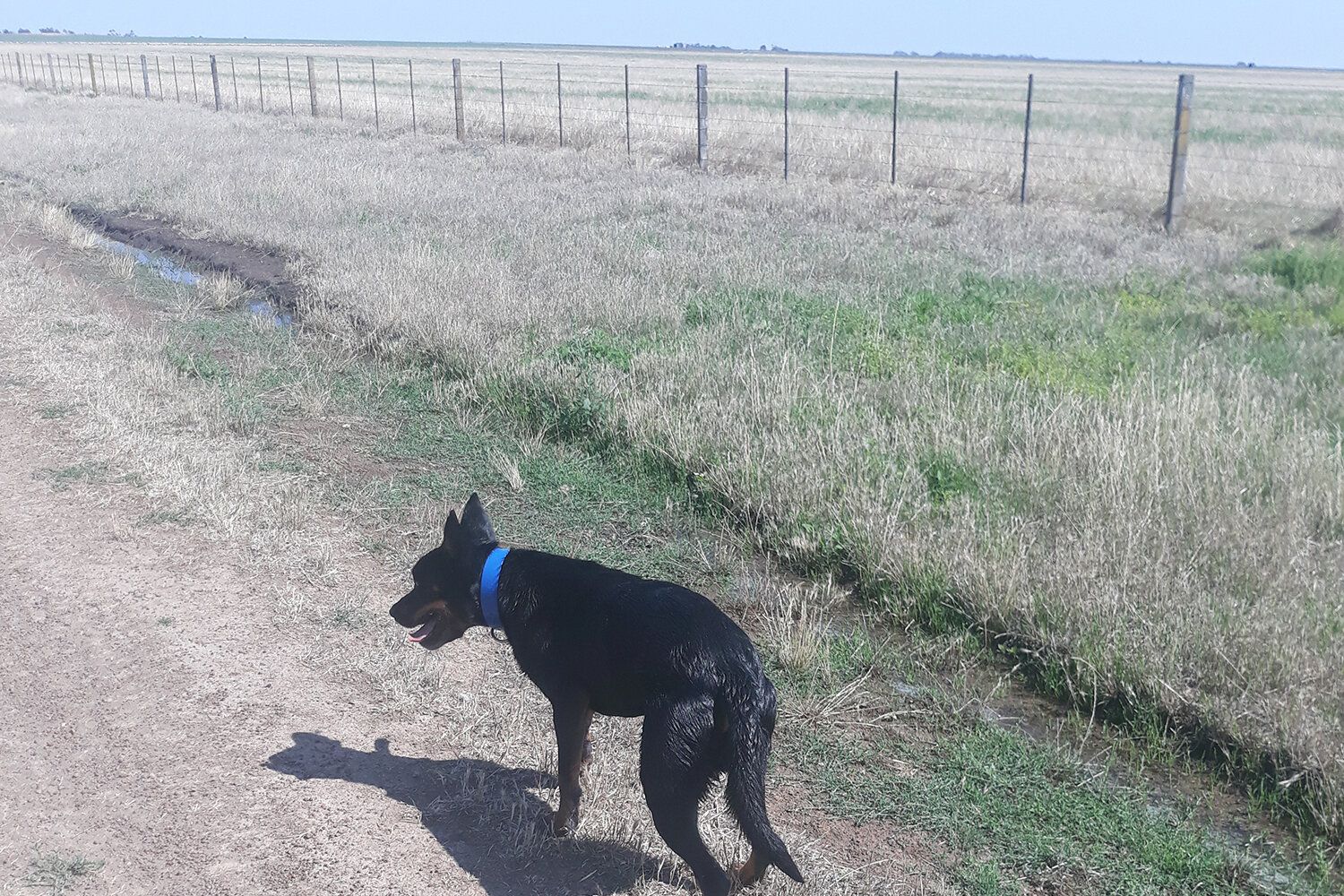



Since 2016 Blindside has facilitated a number of residency projects that foster engagement with regional Victoria, encouraging artists to grow connections between their practice, the environment and community.
Blindside is pleased to partner with the National Trust to create the Mooramong Art + Research Residency in 2020.
The residency project aims to bring distinct, contemporary and creative voices to a heritage site and to support the development of new work and thinking.
In 2020, three artists were invited to take part in the residency together, to support one another and perhaps collaborate in some way - Manisha Anjali, Anna May Kirk and Roberta Rich.
The colonial history, architectural flavour, working farm and nature reserve at Mooramong offer a myriad of possibilities for tangential artistic engagement, projects and research surrounding issues of conservation, sustainability, settlement histories and pre-colonial histories specific to the site.
This residency program takes place on the land of the Dja Dja Wurrung people of the Kulin Nation. We recognise that sovereignty was never ceded - this land is stolen land. We pay respect to Dja Dja Wurrung Elders, past, present and emerging, to the Elders from other communities and to any other Aboriginal or Torres Strait Islanders who might encounter or participate in the program.
Manisha Anjali is a writer and artist based in Melbourne. She is the author of Electric Lotus, forthcoming from Incendium Radical Library Press, 2019. Manisha’s installations and performances have been exhibited at c3 contemporary art space, Bus Projects, SEVENTH Gallery, KINGS Ari, Melbourne Writers Festival, Queensland Poetry Festival, Emerging Writers Festival and National Young Writers Festival.

Related
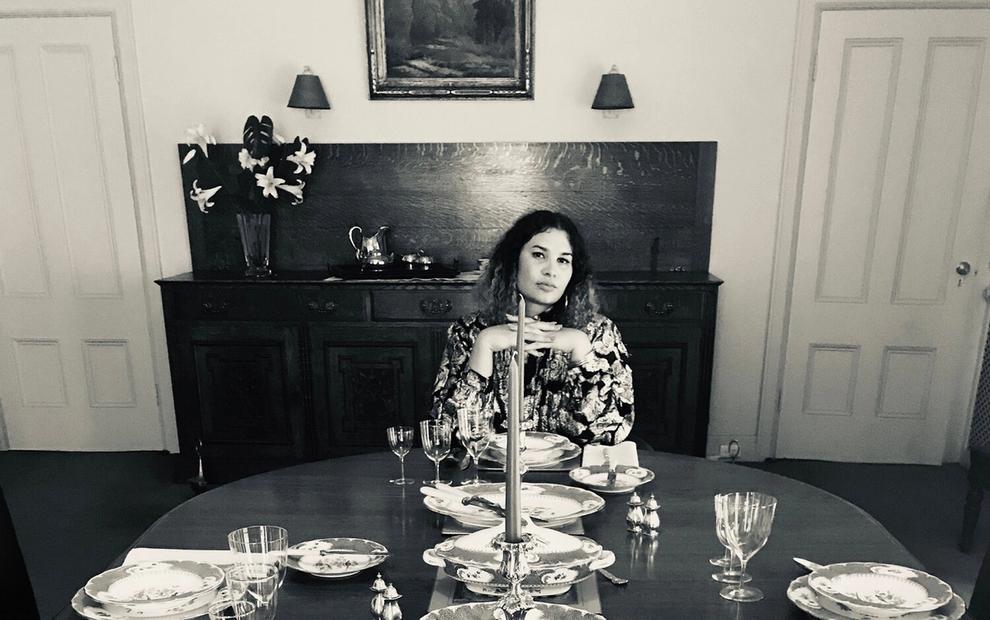
3–22 Feb 2020
Mooramong Residency: Roberta Rich
Roberta Rich

3–22 Feb 2020
Mooramong Residency: Anna May Kirk
Anna May Kirk
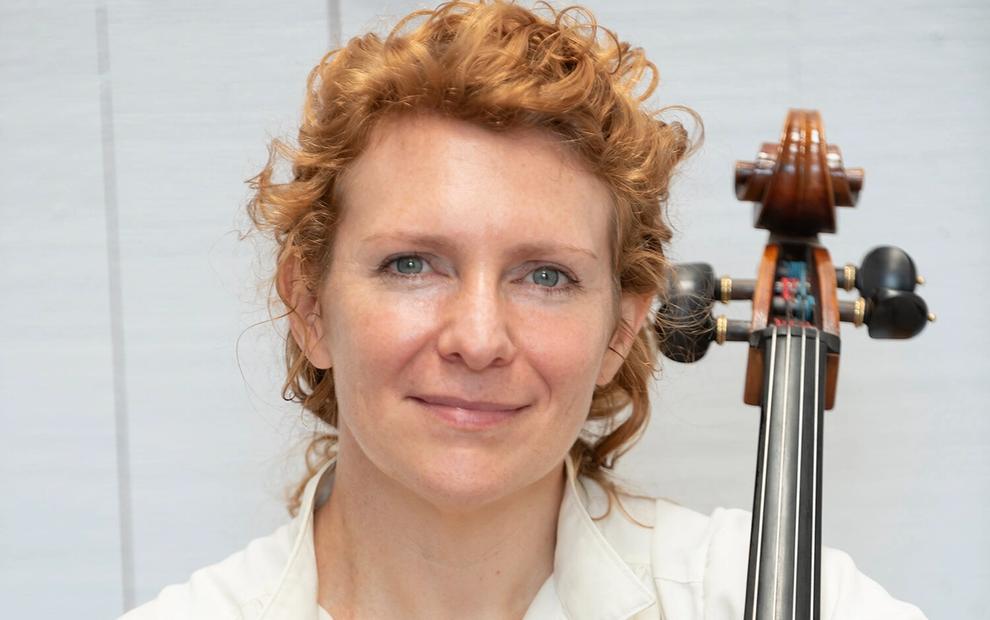
23 Nov–7 Dec 2020
Mooramong Residency: Zoë Barry
Zoë Barry
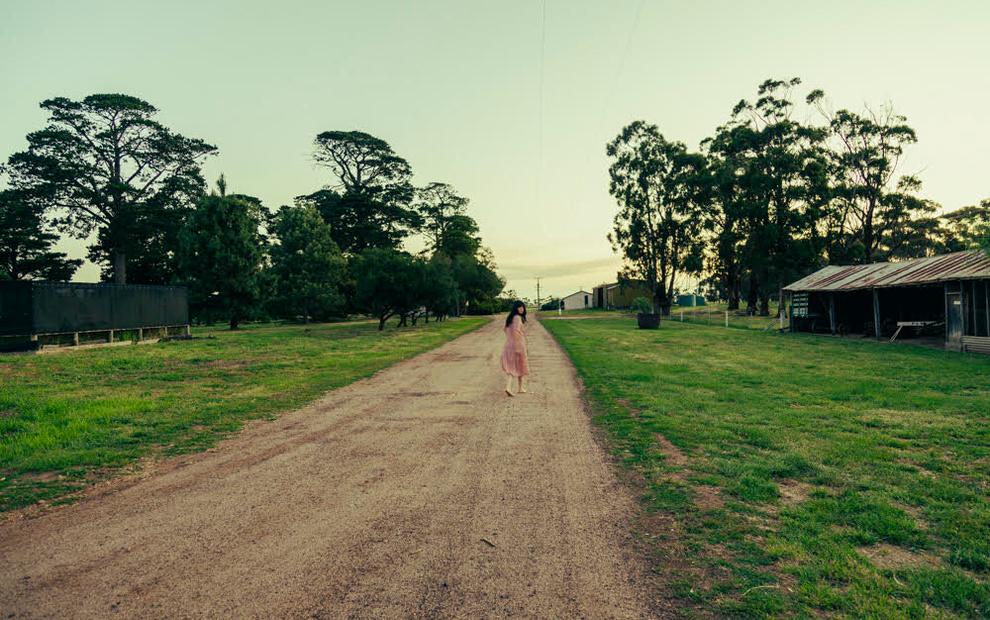
23 Nov–7 Dec 2020
Mooramong Residency: Pia Johnson
Pia Johnson
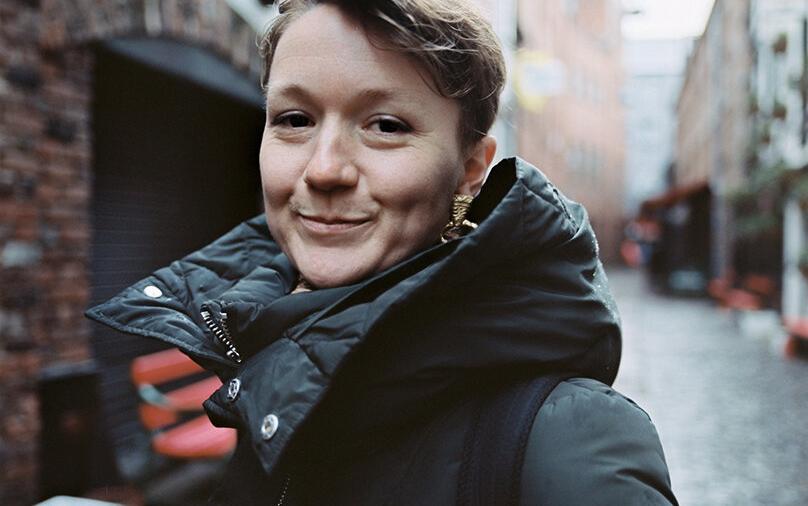
23 Nov–7 Dec 2020
Mooramong Residency: Bonny Cassidy
Bonny Cassidy







